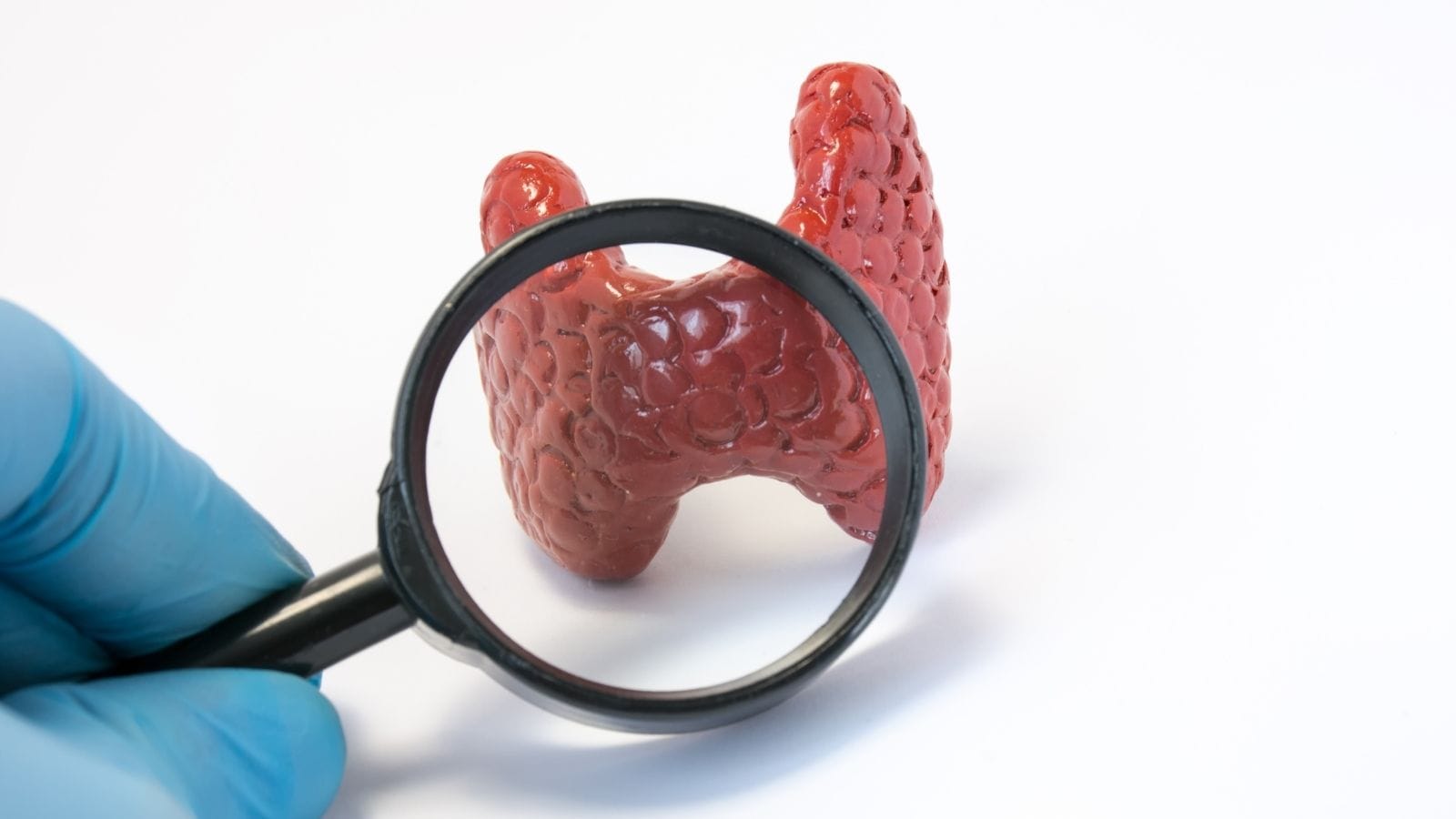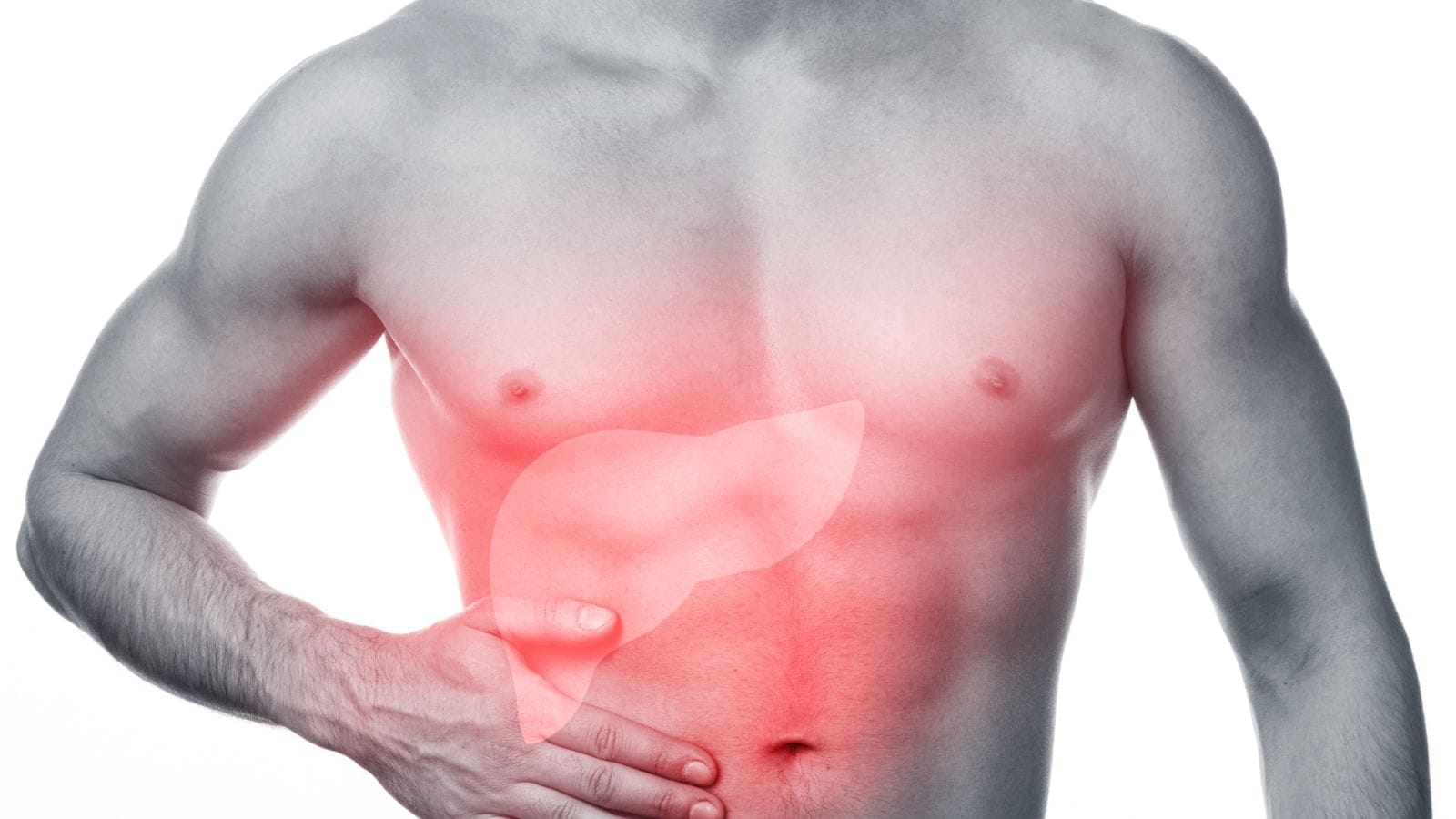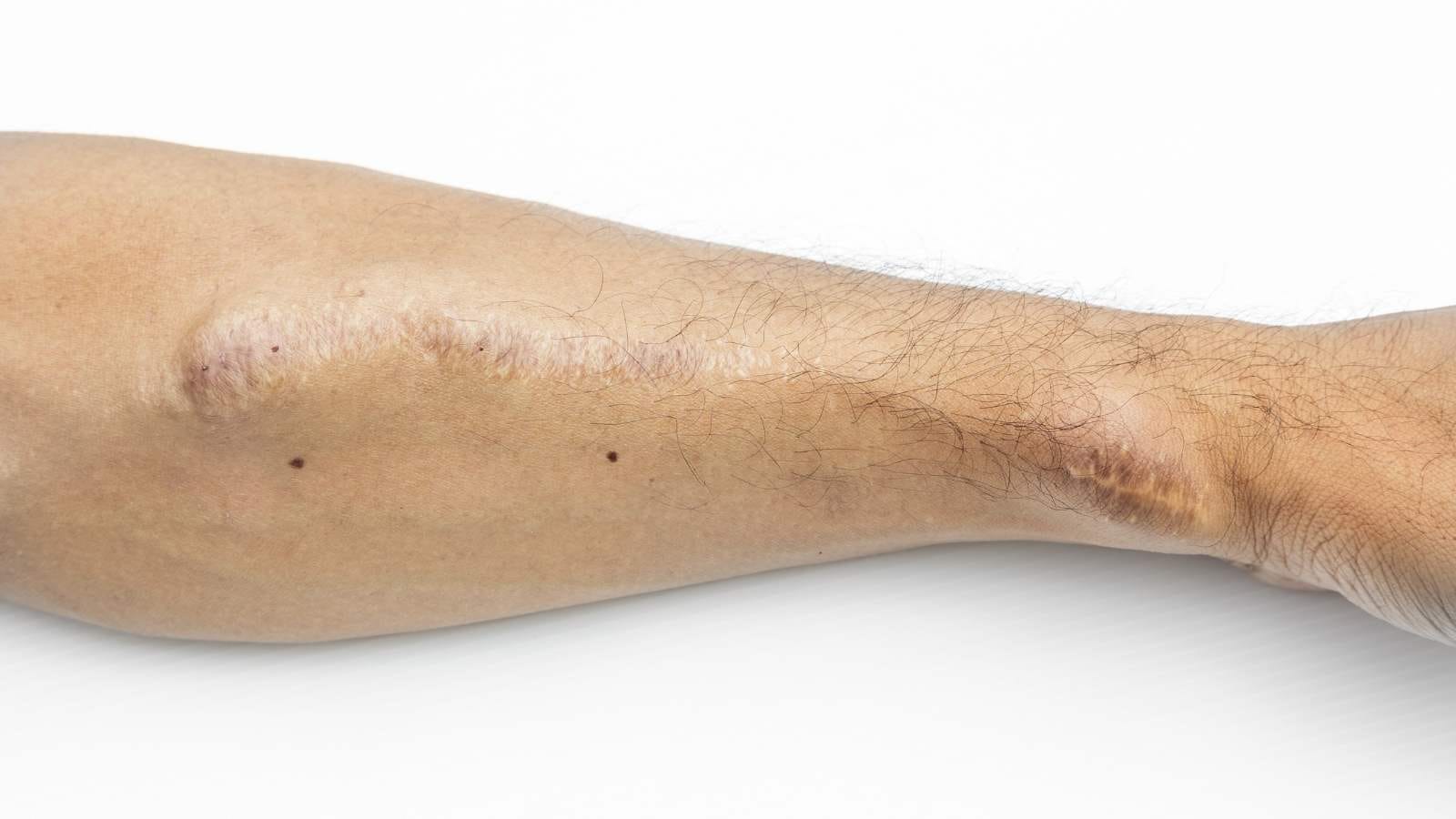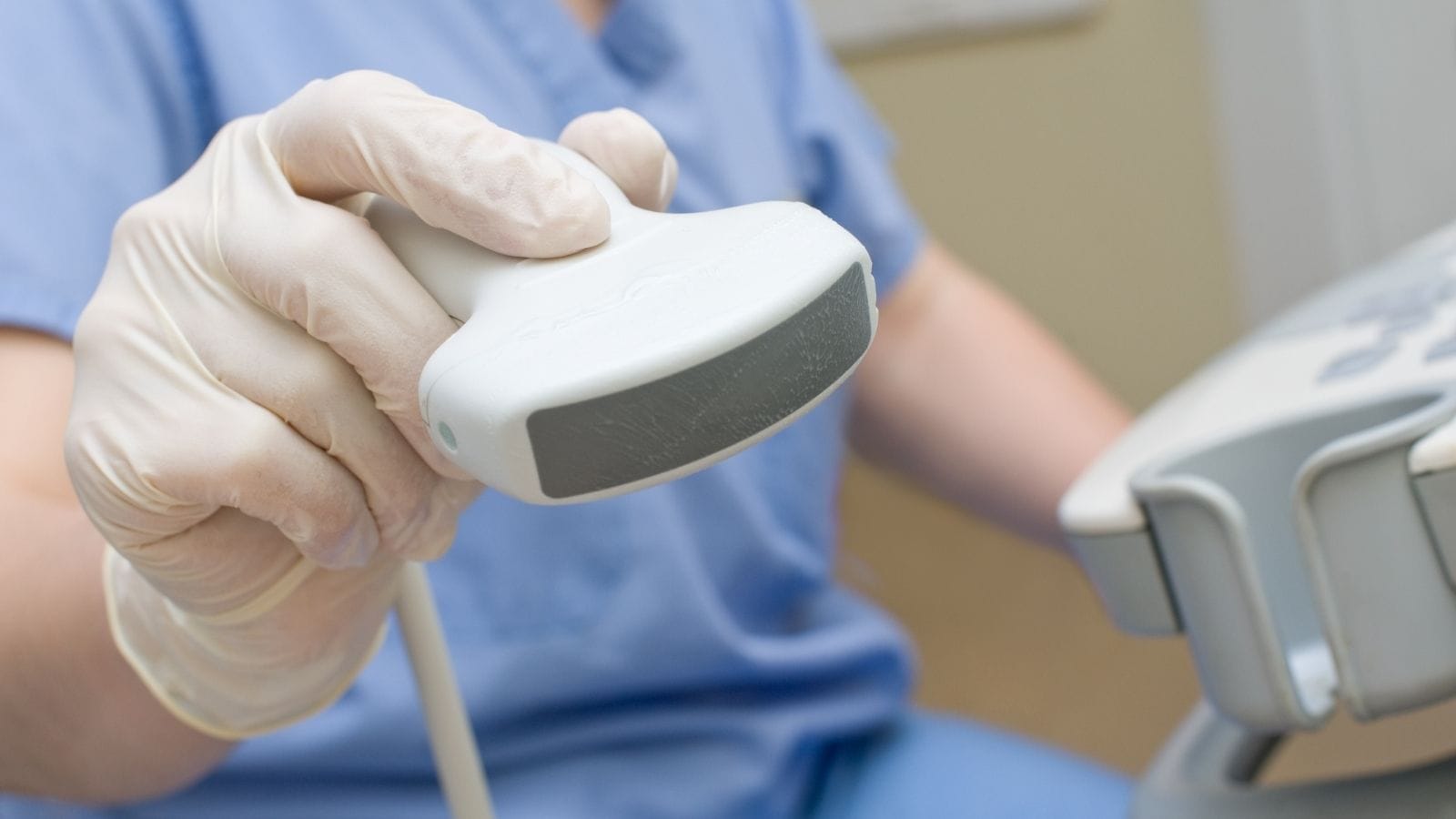Hemorrhoids, also known as piles, are swollen veins in the rectal and anal region that cause pain, bleeding, and discomfort. They may be internal or external, often developing due to chronic constipation, prolonged sitting, or increased abdominal pressure.
Common symptoms of hemorrhoids include rectal bleeding, itching, swelling, and painful bowel movements. External hemorrhoids may form blood clots, while internal ones often cause painless bleeding, requiring medical evaluation for proper diagnosis.
Conservative hemorrhoid treatments involve dietary fiber intake, hydration, and topical medications. These methods help reduce inflammation, soften stools, and relieve discomfort, preventing progression of the condition in early stages.
Minimally invasive methods such as rubber band ligation, sclerotherapy, and infrared coagulation are effective for persistent cases. Advanced hemorrhoids may require surgical hemorrhoidectomy, performed to provide long-term relief and prevent recurrence.
| Disease Name | Hemorrhoids (Piles) |
| Definition | A painful and sometimes bleeding condition caused by the swelling and enlargement of veins in the rectal or anal region. |
| Symptoms | Bleeding during defecation, pain or itching around the anus, swelling, a feeling of straining during bowel movements, discomfort while sitting. |
| Types of Hemorrhoids | Internal hemorrhoids (inside the rectum), external hemorrhoids (under the skin around the anus); internal hemorrhoids may prolapse in advanced stages. |
| Risk Factors | Chronic constipation or diarrhea, prolonged sitting, obesity, low-fiber diet, pregnancy, heavy lifting, genetic predisposition. |
| Diagnostic Methods | Physical examination, rectal examination, anoscopy, sigmoidoscopy or colonoscopy (to rule out other bowel diseases in severe cases). |
| Treatment Methods | Diet and lifestyle changes (increasing fiber intake, drinking plenty of water), warm sitz baths, creams or suppositories, minimally invasive procedures (rubber band ligation, laser therapy), embolization (reducing blood flow to shrink the hemorrhoids and prevent recurrence), surgical intervention (hemorrhoidectomy) in severe cases. |
| Pain and Itching Management | Warm sitz baths, anti-hemorrhoidal creams or ointments, cold compresses, painkillers (as advised by a physician). |
| Surgical Requirement | Surgical intervention may be considered in cases that do not respond to other treatments or in advanced (prolapsed) hemorrhoids. |
| Recovery Time | Varies depending on the treatment; 1-2 weeks after surgery, a few days to several weeks with other treatments. |
| Prevention Methods | Eating fiber-rich foods, drinking plenty of water, regular exercise, avoiding prolonged sitting, not spending excessive time in the toilet. |
Prof. Dr. Özgür KILIÇKESMEZ Prof. Dr. Kılıçkesmez holds the Turkish Radiology Competency Certificate, the Turkish Interventional Radiology Competency Certificate, Stroke Treatment Certification, and the European Board of Interventional Radiology (EBIR). In his academic career, he won the Siemens Radiology First Prize in 2008.
Interventional Radiology / Interventional Neuroradiology
What Are Hemorrhoids?
Hemorrhoids are swollen vascular structures in the anal canal caused by increased pressure. They are often associated with constipation, prolonged sitting, and straining during bowel movements. There are two main types: internal hemorrhoids are located inside the rectum, while external hemorrhoids form under the skin around the anus. Internal hemorrhoids typically cause painless bleeding, whereas external hemorrhoids may cause discomfort and itching. Both types can lead to more serious problems if left untreated. For instance, clot formation can cause thrombosis, resulting in severe pain. Hemorrhoids require proper management, as they can decrease quality of life and lead to complications if ignored.
What Are the Causes of Hemorrhoids?
Several factors that increase pressure in the lower rectum and anus contribute to the development of hemorrhoids. The most important factor is straining during bowel movements, which places excess pressure on the rectal veins, causing them to enlarge. Prolonged sitting also increases pressure on these veins and can promote hemorrhoid formation. Chronic diarrhea or constipation frequently lead to hemorrhoids, as both cause repetitive strain on the rectal veins.
Some lifestyle habits and physical conditions also increase risk. For example, a low-fiber diet causes hard stools, raising the likelihood of straining during defecation. Obesity increases pelvic pressure, promoting hemorrhoid formation. Pregnancy is another risk factor, as the growing uterus and hormonal changes increase pelvic vein pressure. With age, supporting tissues in the rectum and anus weaken, making older adults more susceptible. Lifting heavy objects increases abdominal pressure and contributes as well.
*We recommend filling out all fields so we can respond in the best possible way.
How Common Are Hemorrhoids?
Hemorrhoids are a widespread health issue affecting many people worldwide. Studies show prevalence rates vary by population and diagnostic method, ranging from 4% to 40%. In the US, hemorrhoids affect 4.4% of adults, with symptomatic cases affecting about 10 million people. Colonoscopy data reveal prevalence rates between 30% and 40%. Regional differences also exist: for example, in Australia, the rate is 38.9%, while in Israel it’s 16%, and in South Korea 14.4%. Most cases occur in people aged 45–65, and although prevalence is similar between sexes, men are slightly more affected. Notably, about 85% of pregnant women, especially in the second and third trimester, experience hemorrhoids. Other risk factors include low-fiber diets, sedentary lifestyles, and chronic constipation.
How Do Hemorrhoids Develop?
The formation of hemorrhoids involves many anatomical, physiological, and pathological factors. The anal canal contains hemorrhoidal cushions composed of arteries, veins, and connective tissue, categorized as internal or external hemorrhoids. Internal hemorrhoids originate from the internal plexus, while external hemorrhoids arise from the outer plexus near the dentate line.
Key factors in hemorrhoid development:
- Anatomy and Vascular Structure: The anal canal is surrounded by three main vascular cushions. Excessive enlargement of these vascular networks plays a key role in hemorrhoid formation.
- Connective Tissue Integrity: Aging, chronic constipation, and straining weaken these tissues, making cushions unstable and prone to swelling.
- Increased Venous Pressure: Prolonged sitting, heavy lifting, and activities that increase abdominal pressure promote swelling and hemorrhoid development.
- Sliding Anal Canal Theory: Deterioration of supporting connective tissue causes the cushions to shift out of place and swell.
- Blood Stasis: Impaired blood flow in the hemorrhoidal plexus leads to congestion and the pathological swelling seen in hemorrhoids.
What Are the Symptoms of Hemorrhoids?
Symptoms vary based on whether the swollen veins are inside or outside the rectum. Internal hemorrhoids are usually painless but present with bright red bleeding. Prolapsed internal hemorrhoids may cause discomfort or pain. Mucus discharge and perianal itching or irritation are also common.
Internal Hemorrhoids:
- Painless bleeding, seen as bright red blood on toilet paper or in the stool.
- Prolapse, where the hemorrhoid protrudes from the anus, causing pain and discomfort.
- Mucus discharge and perianal itching.
External Hemorrhoids:
- Pain and discomfort, often aggravated by sitting or walking.
- Swelling and hard lumps around the anus.
- Skin irritation and itching.
How Are Hemorrhoids Diagnosed?
Diagnosis combines the patient’s medical history, physical examination, and specific diagnostic procedures. The doctor collects information about lifestyle, dietary habits, and bowel movements, focusing on straining, fiber intake, and past anal issues.
Next, a physical examination is performed. External hemorrhoids can be identified visually as swelling or skin irritation around the anus. Digital rectal examination is used for internal hemorrhoids; the doctor checks for bleeding or tenderness by inserting a lubricated, gloved finger into the rectum.
Further assessment may include:
- Anoscopy: Used to visually examine the anal canal and lower rectum for internal hemorrhoids.
- Rigid Proctosigmoidoscopy: Evaluates a larger area of the rectum and lower colon.
- Flexible Sigmoidoscopy or Colonoscopy: Used to rule out other gastrointestinal problems such as colorectal cancer in cases with rectal bleeding.
Differential diagnosis is important to rule out other causes such as anal fissures, abscesses, or malignant tumors.
How Are Hemorrhoids Treated?
Treatment depends on the severity of symptoms and includes several options. Mild cases are managed with dietary changes (increasing fiber) and increased water intake, alongside changes in bowel habits. These steps help relieve symptoms and prevent progression. When these are insufficient, medical interventions are considered.
Moderate cases may benefit from minimally invasive procedures:
- Rubber band ligation: A band is placed around the base of the internal hemorrhoid, cutting off blood flow and causing it to fall off.
- Sclerotherapy: A chemical solution is injected to shrink the hemorrhoid.
- Coagulation: Heat or infrared light is used to clot and shrink the veins.
- Embolization: An effective method that reduces blood supply, causing hemorrhoids to shrink.
Severe cases may require surgery, such as hemorrhoidectomy or stapling, which offer long-term relief but require longer recovery. All treatments aim to improve quality of life, and the best approach should be chosen with your doctor.
What Are the Risk Factors for Hemorrhoids?
Many risk factors for hemorrhoids are related to lifestyle and overall health. Diet and constipation are key—low-fiber diets make bowel movements harder, increasing the risk. Obesity is a significant risk due to increased abdominal pressure. Lack of physical activity can also promote constipation and increase abdominal strain. Age and gender matter: hemorrhoids are more common in people over 50, with men being at slightly higher risk. During pregnancy, increased pelvic pressure in women also raises the risk.
Chronic health issues like diabetes, hypertension, and liver disease can also increase risk through circulatory disturbances. Genetics play a role as well—those with a family history are more susceptible.
When Should Hemorrhoid Treatment Be Considered?
Treatment depends on the severity of symptoms and their impact on daily life. Mild cases respond to conservative management like dietary changes and increased fiber. When these measures are insufficient, more advanced treatments may be required, especially in these cases:
- Rectal Bleeding: Frequent or heavy bleeding, or bleeding causing anemia, necessitates treatment.
- Severe Pain and Discomfort: Unrelieved symptoms after conservative therapy warrant further intervention.
- Surgical Contraindications: Minimally invasive alternatives are preferred for those who cannot undergo surgery.
- Failure of Other Treatments: More advanced procedures may be necessary if banding or sclerotherapy is ineffective.
Most patients prefer minimally invasive methods due to shorter recovery and less impact on daily life. The main goal is to improve quality of life and overall health.
When Is Hemorrhoid Treatment NOT Appropriate?
Not all interventional radiology treatments (such as Hemorrhoidal Artery Embolization, HAE) are suitable for every patient. Contraindications fall into two categories:
Absolute Contraindications:
- Pregnancy: HAE is not recommended due to potential risks to the fetus.
- Clotting Disorders: Patients with unmanaged bleeding disorders or those on anticoagulants are at higher risk of bleeding during the procedure.
- Severe Atherosclerosis: Patients with significant arterial disease affecting the inferior mesenteric artery may not be candidates.
Relative Contraindications:
- Uncontrolled diabetes or hypertension: These may complicate healing and increase procedural risks.
- Significant comorbidities: Severe heart or lung disease may make anesthesia or sedation risky.
- Anatomical variations: Certain blood vessel structures may make access difficult.
- Infection: Active infection in the anal area or systemic infections increase complications.
- Anal Prolapse (Stage IV): HAE is effective for grades I–III; prolapsed hemorrhoids usually require surgery.
What Is the Recovery Process After Hemorrhoid Treatment?
Recovery involves several stages and supportive care. After a procedure, patients are monitored in the hospital until sedation wears off and then discharged for home rest. Drinking plenty of fluids is essential. Mild to moderate pain or tenderness is common but is typically less severe than after conventional surgery.
Patients may use over-the-counter painkillers and warm sitz baths to relieve discomfort. A diet rich in fiber is recommended to support healing and prevent straining.
Most patients return to daily activities within a few days, but heavy lifting or strenuous activities should be avoided for two weeks. Regular follow-up visits are crucial to detect any complications early. Long-term, hemorrhoids usually shrink naturally, and complaints decrease over time. Many patients report significant improvement in quality of life after embolization.
How Can Hemorrhoids Be Prevented?
Prevention focuses on reducing pressure on anal veins through lifestyle changes. Increasing fiber intake helps keep stools soft and regular, and drinking plenty of water is key. Responding promptly to the urge to use the toilet and not straining during bowel movements are important. Limit time spent on the toilet and avoid prolonged sitting. Physical activity aids digestion and helps prevent constipation. Using a footstool to raise the feet while on the toilet can help reduce straining. Maintaining good hygiene minimizes irritation, and maintaining a healthy weight lowers the risk of developing hemorrhoids.
Frequently Asked Questions

Are hemorrhoids and piles the same thing?
Yes, hemorrhoids and piles refer to the same condition. They both describe swollen veins in the anus and rectum. In everyday language, they’re also called “piles” or “anal lumps.” The condition occurs when these vascular cushions bulge, swell, and sometimes bleed.
Can hemorrhoids go away on their own?
Yes, most mild cases resolve on their own, especially with lifestyle and dietary changes. Eating more fiber, drinking water, and avoiding pressure-inducing activities can often relieve symptoms. However, if symptoms persist for more than a few days or worsen, consult a healthcare professional for further evaluation and treatment.
When are hemorrhoids dangerous?
Hemorrhoids can become dangerous if there is heavy bleeding (which may lead to anemia), infection, or tissue death due to interrupted blood flow (strangulated hemorrhoid). Thrombosed hemorrhoids (with clots) can be very painful. In these cases, prompt medical attention is essential.
Who is most at risk for hemorrhoids?
Pregnant women, overweight individuals, those with low-fiber diets, people with chronic constipation or diarrhea, heavy lifters, people who spend long periods on the toilet, or those who strain during defecation are most at risk. The risk increases with age, weakened tissues, family history, and engaging in anal intercourse.
Are hemorrhoids a serious disease?
Hemorrhoids are generally not considered a serious disease; they are common and often respond to home care. However, complications like heavy bleeding, thrombosis, or prolapse may require medical attention. Persistent or severe symptoms should always be evaluated to rule out more serious conditions, such as colorectal cancer.
Can hemorrhoids turn into cancer?
Hemorrhoids themselves do not cause cancer. However, studies show people with hemorrhoids have a 2.39 times higher risk of developing colon cancer compared to those without hemorrhoids. So, while hemorrhoids don’t directly cause cancer, their presence increases risk, and regular check-ups and screening are advised.
What foods should be avoided if you have hemorrhoids?
Avoid low-fiber foods that may cause constipation and worsen symptoms—such as cheese, chips, fast food, ice cream, red meat, processed foods (hot dogs, microwave meals). Reducing these foods can help lower constipation risk and relieve hemorrhoid discomfort.
What happens if an external hemorrhoid bursts?
When an external hemorrhoid bursts, the accumulated blood is released, causing sudden bleeding and typically relieving previous pressure and pain. The bleeding usually lasts seconds to a few minutes, rarely more than 10 minutes. The area may remain sensitive and should be kept clean to prevent infection. If bleeding is heavy or persists, consult a healthcare professional to check for complications.

Girişimsel Radyoloji ve Nöroradyoloji Uzmanı Prof. Dr. Özgür Kılıçkesmez, 1997 yılında Cerrahpaşa Tıp Fakültesi’nden mezun oldu. Uzmanlık eğitimini İstanbul Eğitim ve Araştırma Hastanesi’nde tamamladı. Londra’da girişimsel radyoloji ve onkoloji alanında eğitim aldı. İstanbul Çam ve Sakura Şehir Hastanesi’nde girişimsel radyoloji bölümünü kurdu ve 2020 yılında profesör oldu. Çok sayıda uluslararası ödül ve sertifikaya sahip olan Kılıçkesmez’in 150’den fazla bilimsel yayını bulunmakta ve 1500’den fazla atıf almıştır. Halen Medicana Ataköy Hastanesi’nde görev yapmaktadır.









Vaka Örnekleri